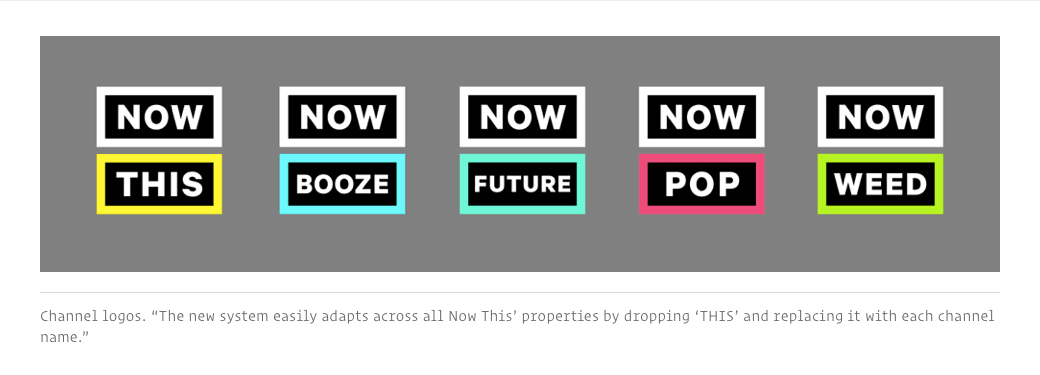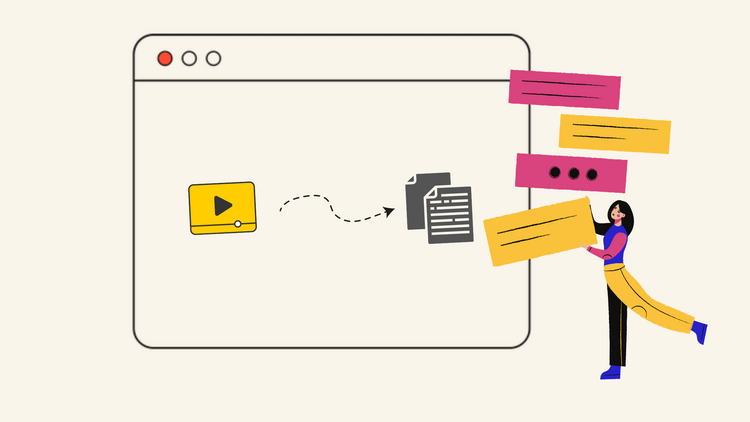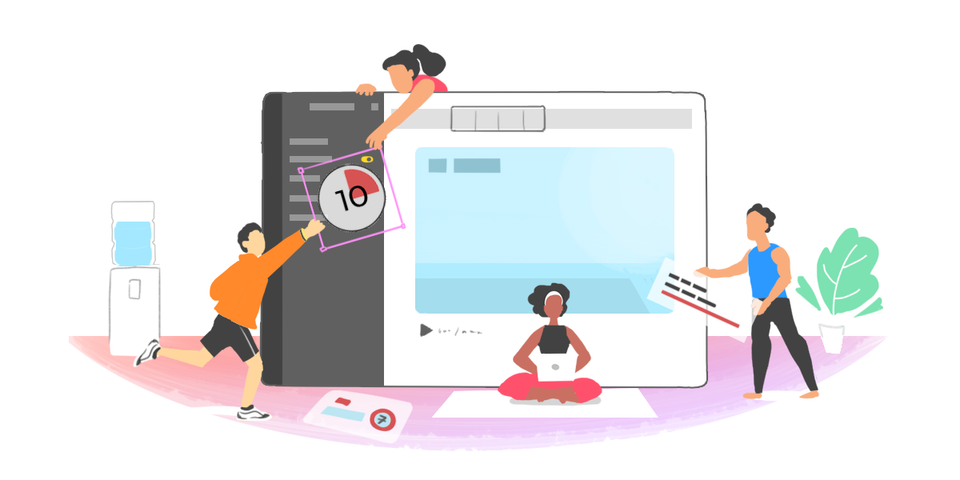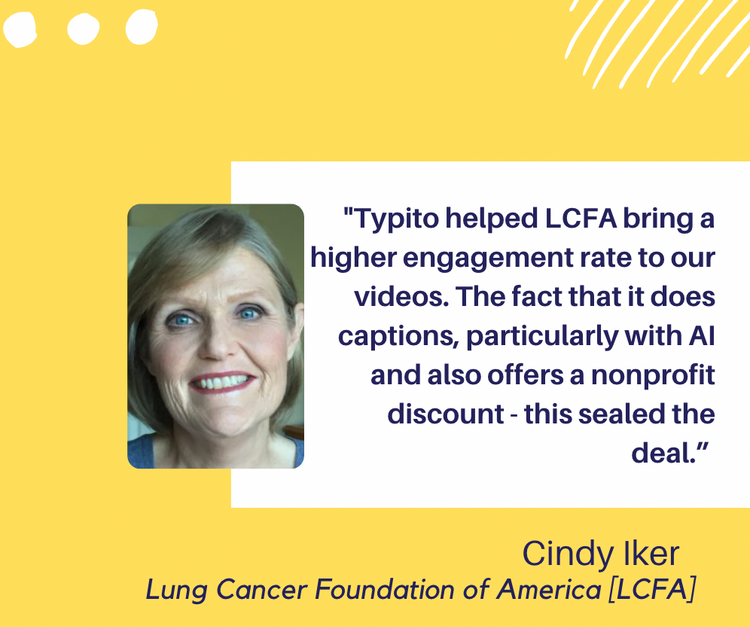How NowThis Videos Generate 2.6 Billion Views a Month: A Video Design Teardown

In 2015, NowThis created a video, ‘2015 was an amazing year for science and technology.’ It generated over 115M views (97M in the first 7 days), and 1.8M likes, shares, comments, and tweets. It is the ‘social video news publisher’s (the way it’s most known) most-watched video ever.
NowThis is the most-viewed news brand cross-platform on digital. It is also the most-engaged news brand globally (According to Tubular Labs, January 2019). And so, we set out to dig deeper into what makes NowThis videos so watched. So we dissected its video content, pixel-by-pixel, second-by-second. Here’s what we have to share.
But first, get straight to the point
An article may need a good introduction to hook the reader onto the text. Explainer videos, too, take it slow and steady with an introductory footage. But. NowThis videos waste no time. Most of the videos begin directly with the main crux of the story.
Does it help to be direct? For starters, it takes lesser time and fewer words to get to the point. There’s no over explaining. For instance, starting the video with, “Every woman of color in tech knows that we have to be five times better than our white male counterparts,” is better than building a discussion about gender inequality in general and how it affects women in tech.
The idea: viewers must understand the story within the first few seconds and be engaged.
Besides, the captions help a great deal. Not only are the captions written in a clear legible font, they have the most important words and phrases in larger and bold fonts! We’ll come to the power of the combination of words and text a bit later in the article.
Let the world know it’s you - brand essentials
As the video moves from footage to static images to text, let’s look at the brand essentials- logo, font, color scheme and the overall style. A consistent look and feel helps register the brand in peoples’ minds. “It makes them feel safe.” Besides, helps build viewer loyalty and ensures that viewers remember the video when they want to refer to it.
LOGOAll NowThis videos have the logo on the top right corner. Keeping it simple and easy, a spot dedicated to the logo. The logo stays there through the video. It makes it clean, simple, flexible, adaptable and useful.

NowThis and its channel logos
FONTThe brand uses one font: CALIBRE, used in three styles: Bold, medium and medium italic. It is a safe font and is easily readable and most commonly seen in road signages.
COLORWith basic black, white and a dash of yellow in text and iconography, the brand keeps the color scheme simple and neat across videos for different platforms.
The most important aspect of NowThis videos – text and captions
NowThis has created a unique way of presenting stories- combining visuals, audio and text. It is one of the first brands to use a lot of text overlays on its videos, intentionally. How does that help the brand?
- It helps capture viewers’ attention on silent auto plays. (This is something that a number of brands have adopted to retain viewers.)
- Improves comprehension of the dialogues.
- By combining viewing with reading, the format becomes more engaging, impactful and educative.
- According to neuroscience we remember 10% of what we read, 30% of what we see and 50% of what we read and see.
Tell a story by building a narrative
You have a great idea. How do you take it to the next level? The answer: build a narrative. What does a narrative mean?: a story, a chronicle, a spoken, written or visual account of connected events. In the case of a NowThis news video, it is creating a flow or structure that captivates the watchers and pulls them inside the story.
Narratives, or rather, styles of narration, also help brands create identities and uniqueness, which help viewers to connect with the brand. Point being: the way NowThis narrates stories is also the connecting thread in different videos of the brand even though the footage and subject matter may be disparate.
The real essence of NowThis videos is more the way a story is presented than the story itself. Agree? The text, captions and visuals are enough to hook a viewer into clicking a muted video on Facebook. Innit?
Looks like you made it this far. Check out this video we created showcasing the video design teardown.
Real people talking to real people – content that matters
Watch this video of March For Our Lives, an organization formed by survivors of the mass school shooting at Marjory Stoneman Douglas High School, Parkland, Florida in 2018. The message: bring change to gun violence. The footage: Three young school students talking about serious issues faced by them, and the whole of the US.
Trending news, breaking news or explainer videos, NowThis covers socio-political topics that are of interest to their audience, mostly in the age group of 18 to 35 years. It’s core mission: to cover stories that matter most to young people. NowThis uses a lot of third party footage sourced from different resources. The brand gives credits to third party footage on its videos. And how do they present it?
- Humanize the news
- Provide meaningful context around the issues
- Issue-oriented coverage
- Bring important topics to life for viewers
- Engage global audience across social platforms
- Provide short-form bite-sized videos as well as longer, in-depth content
The visuals/footage connect with viewers on an emotional level. Here’s what happens to our brain on seeing visuals: emotions are mediated by a process called the mirror-neuron mechanism. This means our brains mirror what we watch, even if we are just passive observers. In this case, the students tell their story in an informative manner. Our brains grasp it and the mirror neurons mediate it. Science shows that the brain recalls emotional connection faster than any other connection.
Make every second count - duration and pace
Most of NowThis videos are of around three to four minutes duration, some as short as below a minute. The duration of the video depends on the platform for which it is created.
In any NowThis video, there is no frame that exceeds four seconds. Keeping it short and snappy, helps in making time-saving videos. Sean Mills, President of NowThis explains why, “You’ve got to make every second count if you want to make their thumb stop next time they see one of your videos.” How does this help? Short frames and quick transitions add a high-energy feel.
- Facebook: mostly two minutes, at times explainer videos on Facebook are just 30 seconds long
- Twitter: between 30 and 60 seconds
- Snapchat: 10 seconds
- Instagram: 15 seconds
- Vines: 6 seconds
Invoke thought-provoking conversations - the message
What does every new day at work at NowThis look like? As mentioned in an article in Journalism, UK, the day starts off with a morning pitch meeting where everyone shares the stories that they’re working on. Six senior producers decide what stories to do and which platforms they should go on.
Sarah Frank, editor of NowThis explained how the company decided to go all-in on the distributed content strategy, “Before, we were taking one story and thinking about how we were going to fit it into different platforms. Now, we start with understanding what the audience wants on a specific platform and build our story selection from there.”
For example, this video: A day in the life of a homeless college student at California’s Humblodt State, garnered huge impact from local communities across the US, asking NowThis how they could offer help.
The social platform decides the video format
NowThis creates video content for different platforms- Facebook, Twitter, Instagram, Youtube and Snapchat. Each platform has its own specifics when it comes to format and duration. The brand understands that each video must appeal to the different features, on platform-to-platform basis.
| Platform | Aspect Ratio | Duration |
| 16: 9 | 1 second to 240 minutes | |
| Feed: 1.91:1 to 4:5,
Story: 9:16 to 16:9 to 4:5 |
3 secs – 60 secs | |
| 1:3 to 3:1 | 5 seconds to 140 seconds | |
| YouTube | Native aspect ratio | Upto 12 hours |
What you can take away from NowThis. A recap.
- Introduction is overrated. It is okay to not have an introduction.
- The viewer must understand the story in a second.
- Text overlay and captions on every video means people watch/read the video even with the sound off.
- Keep the focus. Use only the most essential audio elements.
- The videos are brief and engage the viewer directly in the conversation.
- A story can be told even without sound, through text.
- A simple typographic exercise – make words bigger to call attention.
- Effects: zoom-in, zoom-out, bold text. Results:, control viewers’ attention.
“We have created 10,000 videos since 17 September 2012 and some of them, maybe many of them, were terrible, but we learned,” says Ed O’Keefe, editor-in-chief, NowThis (Journalism.co.uk). With that motivation and encouragement, are you all set to make videos like NowThis?





